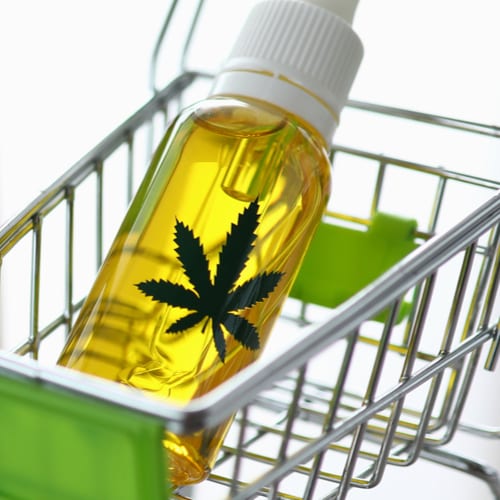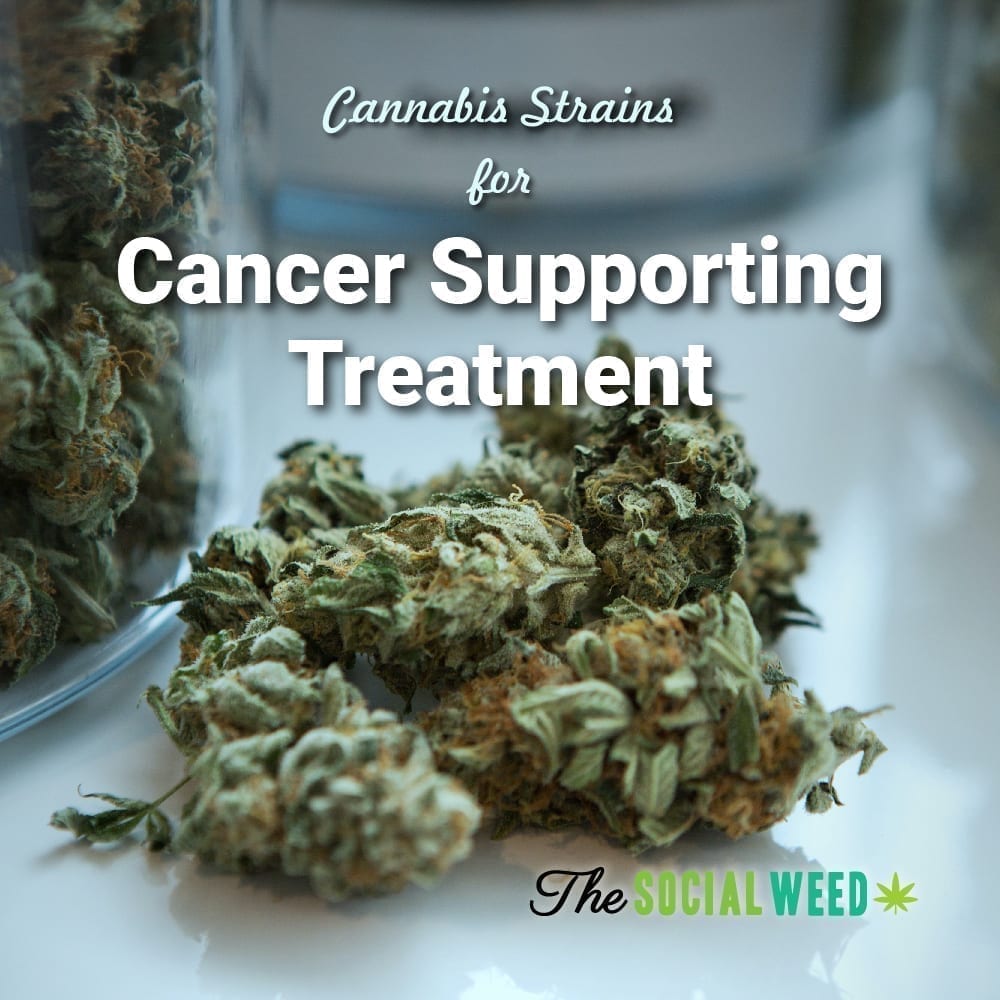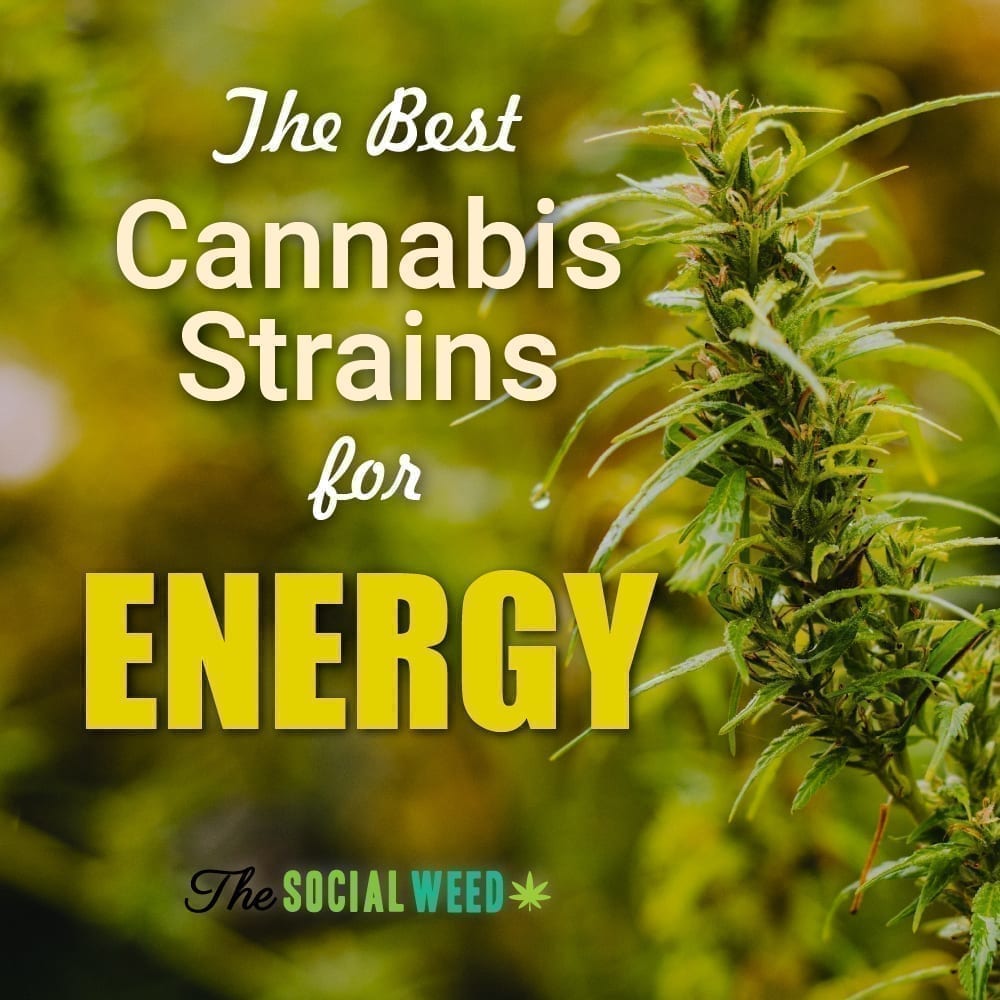
We’ve discussed how the internet has helped in the modern-day normalizing of cannabis but, not in much detail. By marketing in social media and general forum word-of-mouth, the level of communication the internet has introduced to cannabis is unrivaled. The world wide web was initially introduced in the late 1980s with not even an inkling of what it’s capable of today. Over the last 2 decades, however, it has morphed into a colossal social experience that consumes most of the world. After finally having a semi-anonymous place to share ideas and discuss interest with like-minded groups, the cannabis industry grew immensely as a result. No one knows for sure if they were all just in hiding or not but, either way, the internet created a growing platform for cannabis consumers. On the birthdate of the internet’s public commencement, let’s take a trip back through the world wide web and cannabis’ friendship.
Though most of us only know of the internet’s creation in the 1990s, it’s culmination begin in the 1950s with the development of electronic computers. Nearly 12 years later, an MIT computer scientist, J.C.R. Licklider wrote a series of memos discussing his “Galactic Network” concept. He was the first program head for Computer Research at DARPA to “envision a globally interconnected set of computers through which everyone could quickly access data and programs from any site.” His initial memos are theoretically what the internet actually is today. His original concept of a galactic network, however, came further down the line.
It was the early 1990s, Prince was singing, 2Yk was coming, and everyone was feeling either excited or terrified at the turn of century. No matter what you felt though, something big was brewing beneath all of that. The internet was made publically available in August of 1991. Though it’s creation can be credited to numerous scientist, programmers, and engineers, Tim Berners-Lee is the man who pushed the concept as he looking for a way for his colleagues to communicate around the world without having the same hardware and software.
In 1993, only 14% of the US actually used the internet with 42% having no idea what it even was. In only a matter of a decade, the understanding of what was created had caught on. Berners-Lee’s idea seamless sharing across the globe begin to appeal to most as a way to share an interest. In 2001, the internet was an enigmatic part of society. Not everyone used it but, it was snowballing into a cultural phenomenon -mostly riddled with LimeWire downloads attached to viruses.
But how did all of this effect cannabis?
Music, art, ideas, and stories relating the industry were unleashed like floodgates as everyone, slowly, begin to discuss the plant in their own ways. Things that were specific to certain regions or countries suddenly became normal across the world as users sponged up everything that web had to offer.
In tandem with its rapid growth as an obsession, the internet created an odd sense of anonymity, regardless of it being a double-edged sword. While some platforms restricted access to “anon” posting, others thrived on it. The option led many users to be themselves unapologetically on the web, opening the floor for the conversation about cannabis amongst other taboos of that era. From the lost blog pages to Myspace and onto Facebook, the social aspect of the internet has played a major role in its growth and grasp on society. This is also what brought much of the Cannabis Community together. Having a (somewhat) anonymous space to discuss passions and interest opened a new platform for Cannabis. The opening of news-sites like High Times and NORML gave cannabis education and insight a forefront in a society that still clings to Reefer Madness.
Though now, the rules on Cannabis operates in a constant grey area due to shadow-banning and things of that sort, it’s still relatively safe to discuss the activity online-as long as your job doesn’t know about it. The privacy that this grants new and old cannabis users is beneficial in finding alternatives for health issues.In addition, it’s been a powerful tool in bringing our community together in a business platform. Weedmaps remains a powerhouse in the industry for finding what one needs but, Instagram and Facebook have done more to attract like minds.
As we’ve brought up before, the rate of cannabis approval is much higher after the opening of the internet to the public. Though many things can be attributed to this, the most obvious would be the information highway that we all use today. In 2000, the Cannabis approval-rate was a mere 31%; before that, it staggered around 12-16% since 1969. After 2010, however, that number shot up to 61%. The lowest numbers sit with Baby Boomers (56%). GenXers and Millennials, those who grew up with the internet, however, have higher rates at 66% and 70%, respectively.
Even now, anyone reading this is a directly affected by the internet’s grey-friendship with cannabis. It may not have meant to like it hasn’t with many things, it has propelled a lifestyle into the households of people across the globe. So, on the 27th birthday of the internet, let’s spark a joint to the cultural phenomenon that molded what the industry is today.





